Dyeing your hair at home can be a challenging task, especially if you’re a lazy person. It’s time-consuming and can get quite messy. If you’re experienced in dyeing hair, you may have some tricks up your sleeve to prevent staining, but if it’s your first time, you may find yourself in a war trying to remove hair dye from a plastic toilet seat.
Dyeing your hair at home without any past experience can bring a lot of trouble, such as having to clean stains from the floor, toilet seat, bathtub, sink, and other areas. It can be tough to get rid of stubborn stains.
While you will look absolutely stunning with your new hair color, the stains you may get on the toilet area will not be as beautiful as you. The stain will be noticeable if it’s on a white surface, and removing hair dye from a plastic toilet seat can be even more challenging than removing it from any other area. It may be hard to remove, but it’s not impossible at all. The affected area may lose some of its original finesse during the decontamination process, but it will look better than discoloration.
To clean the plastic toilet seat stain, there are several methods you can use. Some products may already be in your house, while others you can purchase from nearby supermarkets or local shops. Let’s take a look at what they are.
Jump To Right Section
- How to Remove Hair Dye from Plastic Toilet Seat
- How to Color Hair Without Dropping Hair Dye
- Final verdict
Products list
- Bleach and Clorox
- Rubbing alcohol
- Baking Soda
- Mr. Clean Magic Eraser
- Bon Ami Cleanser
- Vinegar
- Denture tables
- Lemon
Not only we mention about cleaning process we will also mention the disadvantage of using this products.

8 Methods On How to Remove Hair Dye from Plastic Toilet Seat
Method number 1: Bleach + Clorox
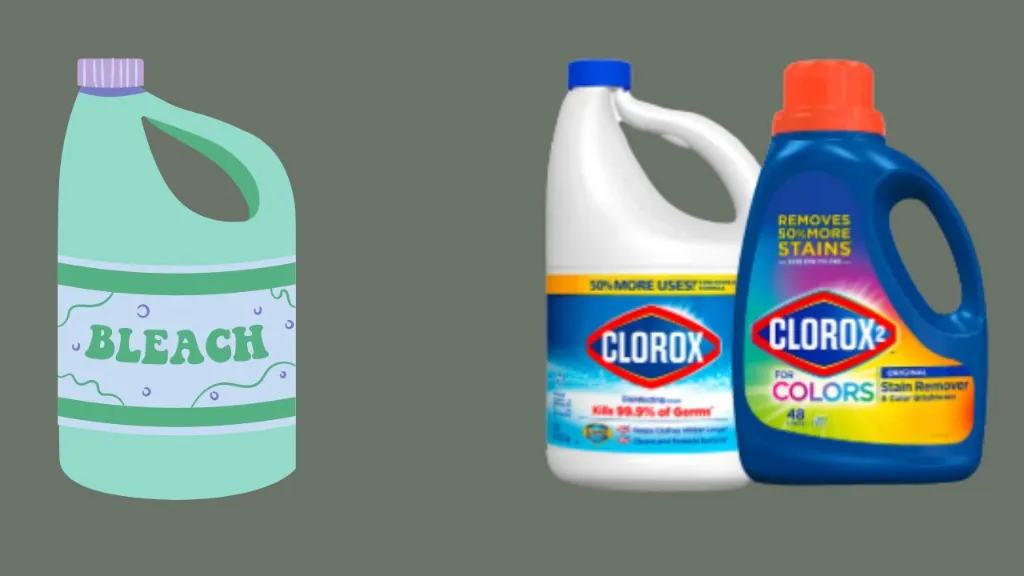
Clorox contains 7.4% sodium hypochlorite, which is an active ingredient that helps remove stains. The first method is very useful. I used this method during the lockdown to remove hair dye from my toilet seat, and it worked perfectly.
To use this method, make a liquid paste with bleach and Clorox. If the stains are large, create a strong bleach solution using 2 tablespoons of bleach and 1 cup of Clorox. Mix them well and apply the solution to the affected area for spot stain removal. Let the plastic toilet seat soak in the bleach solution, then use a brush or rag to scrub the stain spot. The dye stains may not completely disappear after the first try, so don’t be discouraged. Keep trying this method until you get the desired result. The solution will also help to kill bacteria and viruses.
However, you need to be careful while using bleach and Clorox as they contain harsh chemicals. Wear a mask and eye protector to avoid any kind of skin damage. It’s mandatory to wear gloves because the solution can burn your skin. Continuously ventilate the area as the chemicals can cause breathing problems and irritation. Wash your hands immediately with soap and make sure to clean the bleach solution properly.
Method number 2: Rubbing alcohol
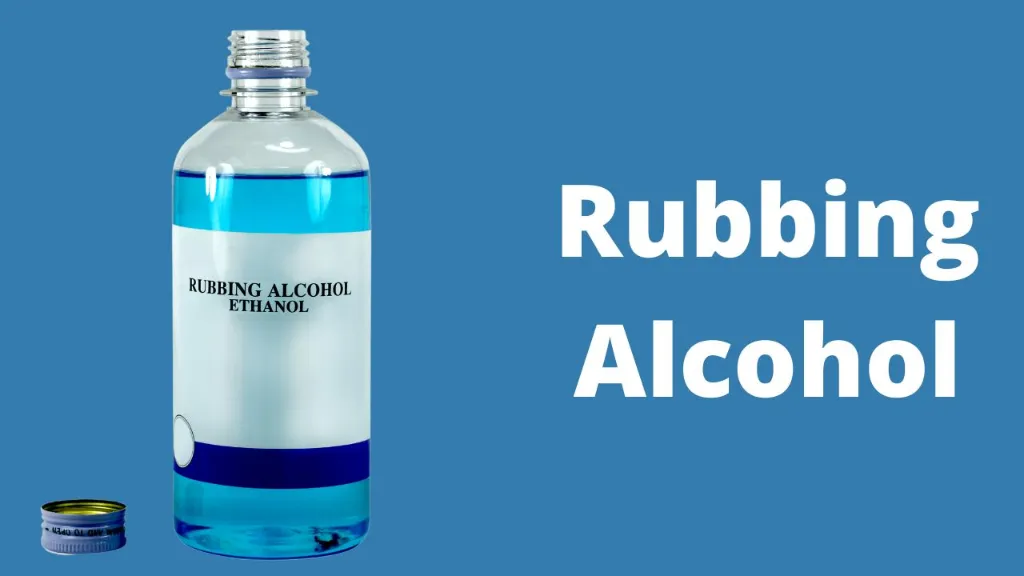
Rubbing alcohol is very beneficial for cleaning any kind of stain. It’s effective and inexpensive, making it a popular choice for cleaning. It can kill bacteria or viruses within 9 or 10 seconds and can also remove discoloration from your plastic toilet seat. Rubbing alcohol is available at any supermarket or local shop. Here’s how to use it:
Take a white rag to avoid color transfer, soak it in rubbing alcohol, and place it on the dye stain. Leave it for around 10 minutes and then gently rub the area. Repeat the process if the stain doesn’t come off completely.
Keep the toilet door open as rubbing alcohol evaporates quickly. Wear gloves to prevent itching, rash, redness, or any other skin irritation. Stop cleaning with rubbing alcohol if you experience breathing difficulties and seek medical help immediately. And never mix alcohol with bleach. Protect your eyes too.
Method number 3: Baking Soda
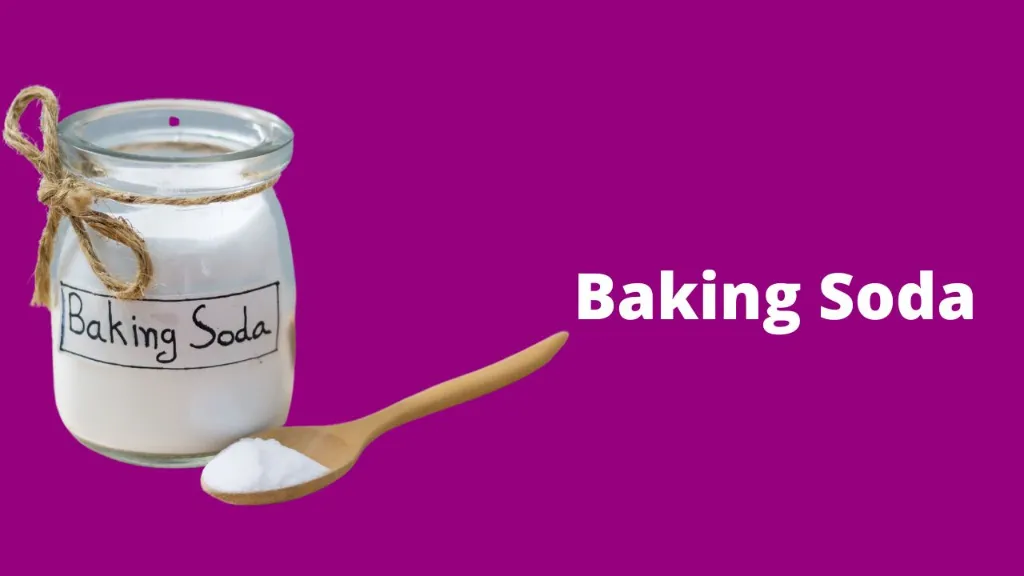
The baking soda we use for baking is not the same as the one we use for cleaning. Cleaning baking soda is stronger than cooking baking soda. It is made of sodium, carbon, hydrogen, and oxygen and is known as sodium bicarbonate or baking soda, which is actually a salt found in powder form. Baking soda is an antifungal agent and also kills bacteria.
To remove hair dye stains from a plastic toilet seat, take 1 cup of baking soda and 1 cup of water and mix them into a paste. Apply the paste onto the stains and let it sit for 30 to 40 minutes. For better results, leave it overnight. This is important because the stains can be stubborn and may take some time to dissolve. If it dries up, add some water and clean it by rubbing with a brush. Reapply the mixture if needed, as it releases carbon dioxide gas that helps lighten the stains. Sodium bicarbonate is not harmful, so you don’t need to worry about breathing while you clean. However, using a large quantity of baking soda may cause coughing.
Method number 4: Mr. Clean Magic Eraser

The magic eraser is superb at cleaning freaky dart spots easily. The magic eraser is non-toxic and safe for the environment. It works like magic. The product is made of melamine foam. It looks like a sponge scrubber. The ingredients are safe for use. It is inside the foam. They are hydrogen, carbon and nitrogen. For using the magic eraser, you only need some water.
Wet the Magic Eraser and squeeze out extra water. Scrub gently on the spots until it’s fade away dark marks. It may cause scratches on the plastic toilet seat.
Doesn’t matter how important is to clean your dirt, never ever use it on bare skin. Because the foam is like sandpaper. It can cause pain in hand. Using for long time may cause skin damage. Don’t allow children to touch it. Wear gloves before cleaning. The Magic Eraser may remove a stain but will ruin the grace.
Method number 5: Bon Ami Cleanser
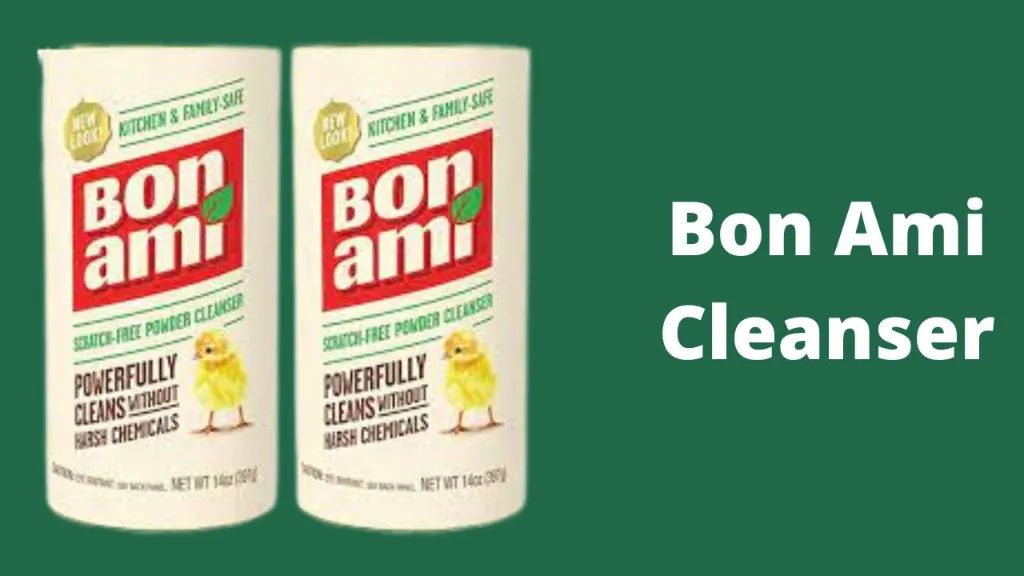
Bon Ami cleanser is a non-scratching product that is very safe to use as it does not contain any harmful chemicals such as bleach, chlorine, phosphates, dyes, or artificial fragrances. This is what sets it apart from other products. It is available in powder form and contains ingredients such as feldspar, sodium carbonate, calcium carbonate, alkylbenzene sulfonic acid, and sodium bicarbonate, which makes it suitable for all types of cleaning.
To use, put some Bon Ami powder onto a wet sponge or rag and rub it on the area where you want to remove stains. However, if the powder comes into contact with your eyes, it can cause serious irritation. In such cases, clean your eyes with water immediately.
Method number 6: Vinegar

Vinegar is kitchen staples, so you can easily find this in your house. The cleaning vinegar is not like the cooking vinegar. There is little difference with the acidity level. It is high in acidity because to clean stain, dirt, grime, etc. Vinegar is non-toxic and environment friendly. It is very cheap at the price and kills bacteria and viruses.
It is super easy to create the solution. Mix one cup of vinegar with one cup of dish wash. You can also add one cup of water. Damp the sponge, rag or paper towel in the solution. Hold it onto the hair dye stain and let it soak. Gently rub the area and rinse thoroughly.
Remember, never consume or cook cleaning vinegar. It is not safe for human body. And can be dangerous for health, if anyone drinks the cleaning vinegar. Wear gloves before you start cleaning. It may cause skin irritations. Wash your hand properly to avoid skin injury.
Method number 7: Denture Tables

Denture tablets dissolve easily in water and are antibacterial, capable of killing up to 99.99% of bacteria. They can be used not only for cleaning dentures but also for removing stains. They come in various forms, such as tablets, powders, creams, liquids, or pastes. The main chemical ingredients of denture tablets include citric acid, Sodium Perborate, Sodium Bicarbonate, Potassium Monopersulfate, Sodium Polyphosphate, etc. Citric acid is especially effective at removing stains.
To remove hair dye stains from a plastic toilet seat, create a paste with denture tablets by using 4 to 5 tablets and adding some warm water or by using denture paste. Let the paste absorb for some time and then scrub or rub it on the discolored area. Clean the area with water.
It is important to note that denture tablets are extremely toxic and can cause allergic reactions, skin burns, irritation, vomiting, and other serious health problems. In case of serious problems, it is advisable to consult a doctor.
Method number 8: Lemon

Lemon is one of the great natural cleaning agents and has been used for many years. Lemon juice is a rich source of citric acid, containing about 5% to 6% of it. It is also antibacterial and environmentally friendly. Lemon juice can remove permanent hair dye as it is highly acidic. The most important thing is that it is affordable and effective, making it a great alternative to harsh chemicals.
To use lemon as a cleaning agent, take a lemon and squeeze it into a bowl. Add some salt and you can also add baking soda or vinegar to create a paste. Apply the paste onto the stain that you want to get rid of, wait a few moments to let it work on the stain, and then gently rub or scrub with a brush. Finally, rinse with clean water. If the stain is not completely removed, try the process again.
Since lemon juice is free from harsh chemicals, it is completely safe for cleaning. It may take some time, but you will love the outcome. The lemon fragrance is aromatic, and studies show that this scent can reduce stress. It also has many health benefits.
How to color hair without dropping hair dye on the plastic toilet seat
Cover your hair properly to avoid staining your plastic toilet seat yellow.Wear an old t-shirt, so u can throw it after washing off the hair. Choose a place where you can dye your hair without moving continuously. Buy some plastic bag and cover your surface or toilet seat. To avoid these hassles chooses any beauty salon. It will cost Between $40 to $60.
Final Verdict
The cleaning process can be very time consuming and may cause skin damage if not done properly. It is better to choose a salon for dyeing your hair, as not all of us have the patience to clean up the mess that can result from dyeing hair at home.
Dyeing hair at home can also ruin your expensive products. I hope I have answered your questions on how to remove hair dye from a plastic toilet seat, as well as any other related issues you may have had.




![How to Remove Crystallized Urine [Explained]](https://homepander.com/wp-content/uploads/2022/02/How-To-Remove-Crystallized-Urine.jpg)




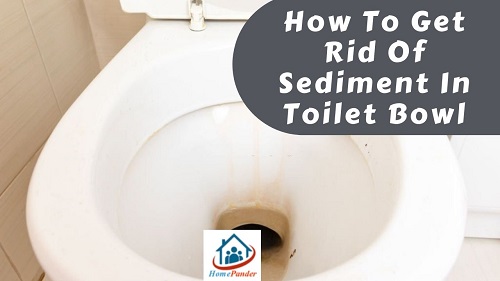
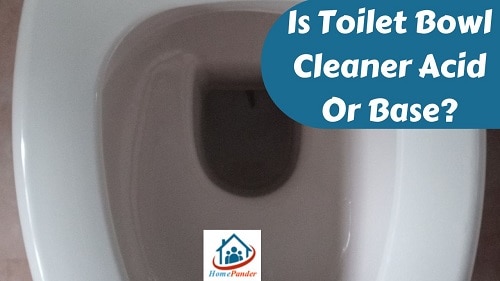
![How To Clean Dark Grout That Has Turned White [5 Easy Ways]](https://homepander.com/wp-content/uploads/2021/12/How-To-Clean-Dark-Grout-That-Has-Turned-White.webp)